Amid the corona virus pandemic, it is important to explain kids about the proper hand washing and maintaining safety measures in order protect themselves from some viruses, bacteria, germs, etc. today, we are going to investigate a few science experiments on how germs spread and their impact on our daily lives, etc. through some easy, fun, and simple experiments.
We are going to show you how to make kids learn about germs the FUN way from our spectacular collection of classroom lesson plans, to super cool science experiments, to hands-on learning activities.
Germ Science Experiments
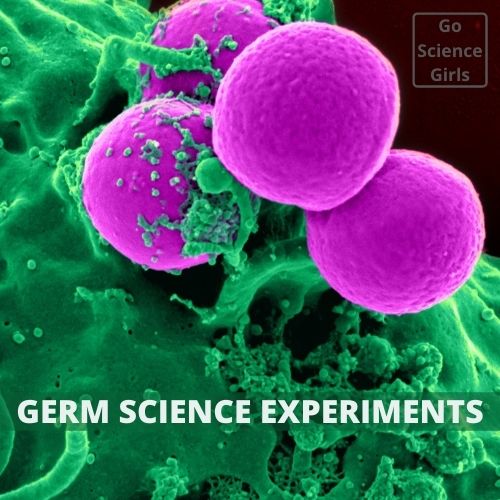
Find the wonderful collection of science experiments that are done to learn more about germs in a fun and educational way! Here we go!
1. Make Germs Scatter Hand Washing Science Experiment

Help your little scientists learn the importance of using soap when washing hands and show how using soap when washing hands literally makes “germs” scatter with this simple fun science demonstration. Kids will be amazed at this simple and great visual science demonstration and show interest to wash their hands again and again without being cranky.
Check out this quick and easy science experiment that teaches kids the importance of washing hands: Make Germs Scatter Hand Washing Science Experiment
2. Growing Germs Kids Science Experiment
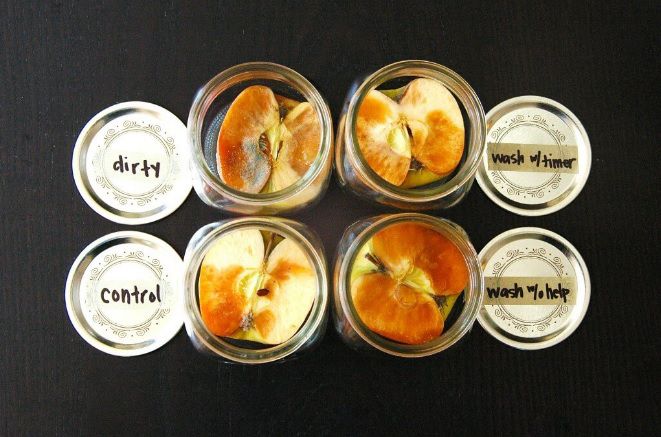
Germs can be anywhere and at any place but some places are filled with more germs whereas some places show less germ growth! Shall we perform a cool science activity on our own hands to learn how germs grow easily?
If you are interested, get all the information about germs growth in detail: Growing Germs Kids Science Experiment
3. Germs and Worms Science Activity
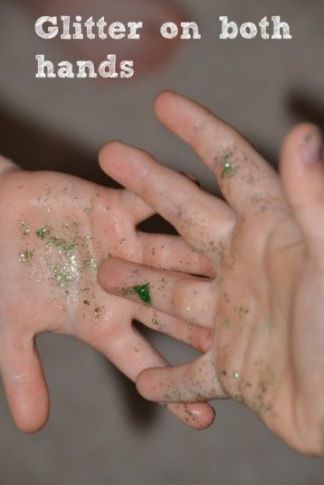
Very simple activity to show kids about how dirt and germs can spread by hand shaking, which is an important step to avoid during this corona virus pandemic. What’s an amazing idea to show kids about germs!
Check out Germs and Worms Science Activity
4. Glitter Germ Science Experiment
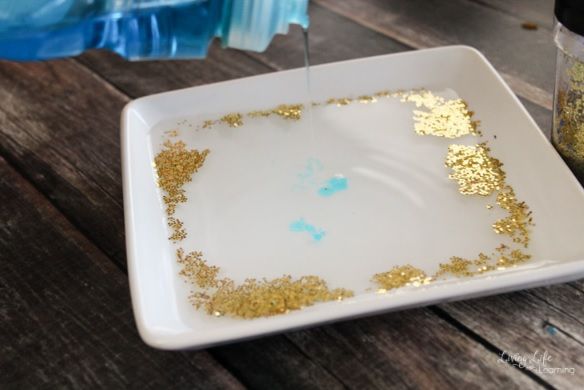
This germ science experiment is definitely fun as we are using glitter (child’s favourite thingie) to show kids about germs. Also, kids learn how important is to keep the germs away using simple supplies readily available in the home.
Directions for this fun hand washing activity for kids are found here: Glitter Germ Science Experiment
5. Growing Germs Dirty Potatoes Science Activity
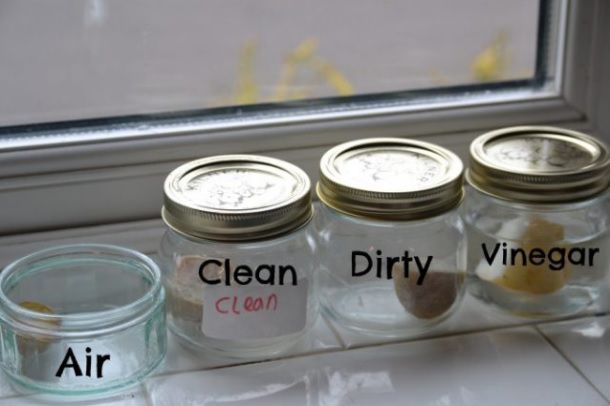
The hypothesis of this awesome experiment is micro-organisms and germs from our hands would transfer to the potato when there is physical contact, and so that one should grow more bacteria than the clean potato.
Let us check whether our hypothesis goes correct or wrong using a few supplies and simple step-by-step instructions. Click on: Growing Germs Dirty Potatoes Science Activity
6. Germs Spread Easy Science Experiment
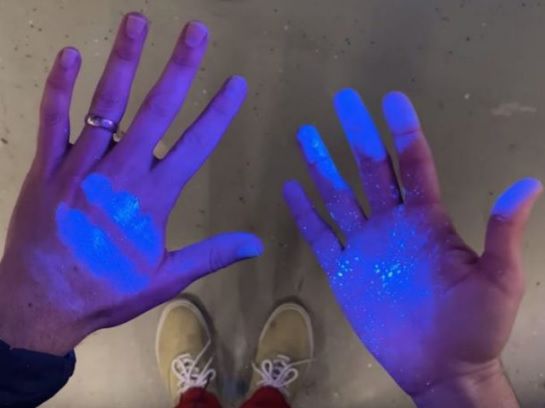
This is a YouTube science experiment demonstration helps to explore about germs in a fun way. Also, teaches kids about how fast germs spread using a ‘glow in the dark’ germ powder. Test suits for pre-schoolers and kindergartens to adapt to the practice of hand washing by knowing its importance amazingly.
Are you interested in watching this YouTube video on importance of hand washing? click on: Germs Spread Easy Science Experiment
7. Growing bacteria in a petri dish STEM Activity

Bacteria is a kind of germ that stays everywhere, which we need to ‘wash off’ to avoid falling sick. So, it is important to keep ourselves safe and away from germs that cause infections. Growing bacteria in a petri dish was a very impactful activity, making visible to them that which is usually invisible.
Get more information about this classic cool science experiment here: Click on Growing bacteria in a petri dish STEM Activity
8. What Do Germs Look Like – Science Activity for Kids
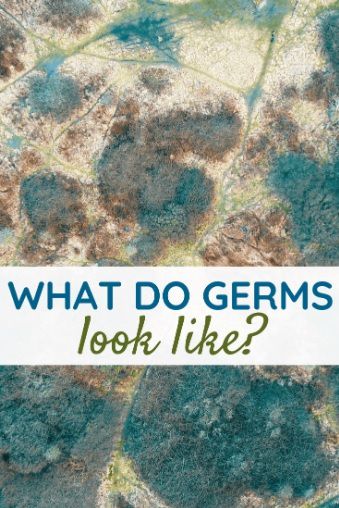
Learn what germs look like, the types of germs, and the proper way to wash your hands. Plus check out a hands-on way to teach kids about germs! A great visual demonstration in a hands-on way to show kids about what germs really do to within a person’s body. Yeast, actually, grow mould, lotion and glitter or cooked rice are used to demonstrate how germs spread and how tough it is to get them out of our bodies.
Do you want to try this funs science experiment on germs in an easy way? Click on What Do Germs Look Like – Science Activity for Kids
9. Germy Hands Science Experiment
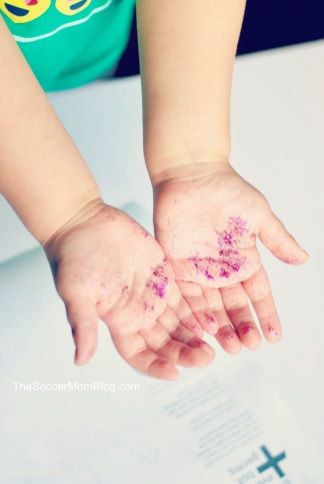
Your kids are going to have a blast with this Amazing Germy Hands Science Experiment because it is packed with a lot of fun and science plus affordable to gather the supplies and set up the investigation on germs.
Do you also want to engage your pre-schoolers with this simple Germy Hands science experiment? Click here for full disclosure of this super cool experiment: Germy Hands Science Experiment
10. Germ Experiment — Where Do Germs Grow in Your House??!
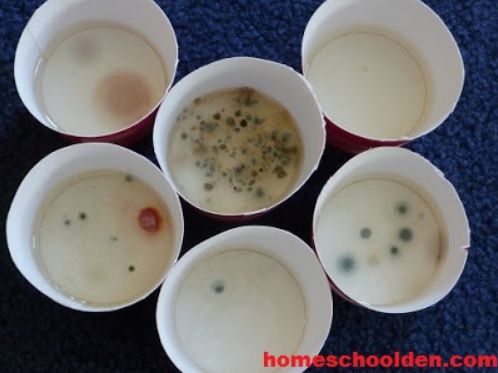
A spectacular science experiment, ‘Germ Experiment–Where Do Germs Grow in Your House??!’ called for gelatine, sugar and petri dishes reveals the presence of germs around your home and in how much enough quantity they are living with you.
Have a look at this wonderful and neat science experiment on Germs Growth: Germ Experiment — Where Do Germs Grow in Your House??!
11. Cover Your Mouth – Germ Science
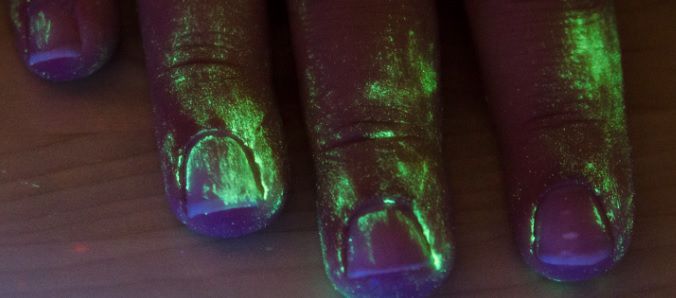
It is very difficult to make our children learn about the world filled with germs, and other invisible creatures. In this amazing science investigation, kids are going to explore how germs spread and work on ourselves and surroundings to cause various infections. While demonstrating the spread of germs is fascinating, but it is also suitable for a science fair project.
Find our more details here: Cover Your Mouth – Germ Science
12. Germ Science Projects for Elementary
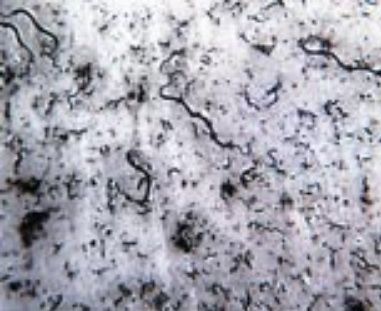
By conducting this simple science investigation, turn your younger kids to little scientists and improve their critical thinking skills and analyzing capacity in a fun and educational way.
Click on Germ Science Projects for Elementary
Well, you have got some idea on how germs form and spread with these simple science experiments in a fun and entertaining way! Apart from investigating about the germ spread, we need to know how to keep ourselves and our children safe from germs! Practicing good healthy habits is as important as child’s classroom lessons. Here are a few healthy habits to follow strictly in order to protect ourselves from various diseases and to prevent germs and infectious diseases from spreading:
1) Wash Hands Properly and Often
2) Handle & Prepare Food Safely
3) Clean & Disinfect Commonly Used Surfaces
4) Don’t Share Personal Items
5) Cough & Sneeze Into Your Sleeve
6) Avoid Touching Wild Animals
7) Get Vaccinated
8) Stay Home When Sick
Also, try to follow this simple trick to maintain hygiene in the home and around the home or school etc.
I Whack Germs
Try this fun way of remembering the most important steps to staying well.
I Immunizations are important to protect you from diseases
W Wash your hands often with soap and water.
H Home is where you stay when you are sick.
A Avoid touching your eyes, nose, and mouth –especially when you are sick.
C Cover your coughs and sneezes so you do not spread germs to others.
K Keep your distance from sick people so you don’t get sick too.
All over the world, there are so many doubts and basic questions about these microorganisms and germs. Especially for small children, there is a lot of confusion on practicing healthy habits! Teaching kids about why healthy habits like proper hand washing are so important and the importance of their immune system has never been easier than with these teaching activities and ideas about GERMS! By conducting some simple science experiments, many will find out appropriate answers to their basic questions about germs and microorganisms.
Here are the basic definitions kids need to be aware of before they jump into learning fun science activities on GERMS!
Germs — Germs are found all over the world, in all kinds of places that cause infection. The four major types of germs are bacteria, viruses, fungi, and protozoa. The germ theory of disease is the currently accepted scientific theory for many diseases stating that germs can lead to diseases.
Viruses – a small disease-causing agent that lives inside the cells of larger organisms, such as plants, animals, and humans.
Bacteria – small, single-cell organisms that live almost everywhere. Some are harmful, but most are harmless and even helpful.
Immune System – your body’s defence system to help you fight off diseases and harmful germs.
Happy Experimenting!!
